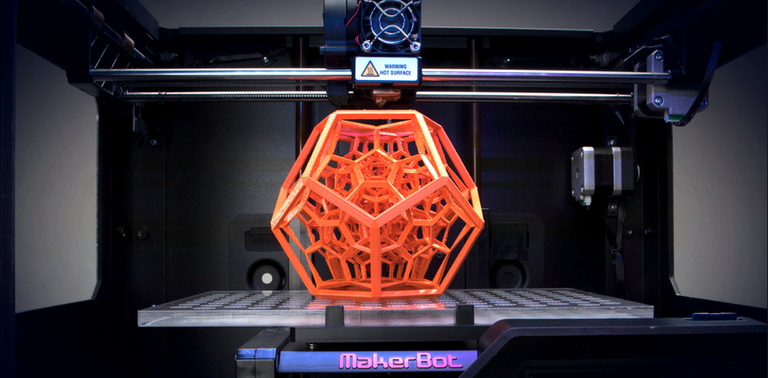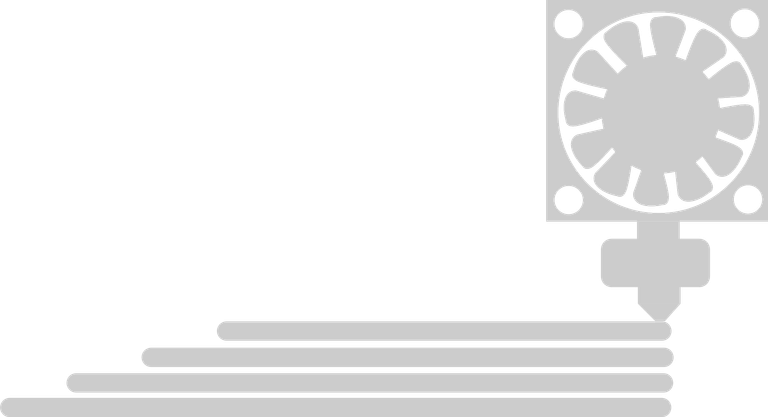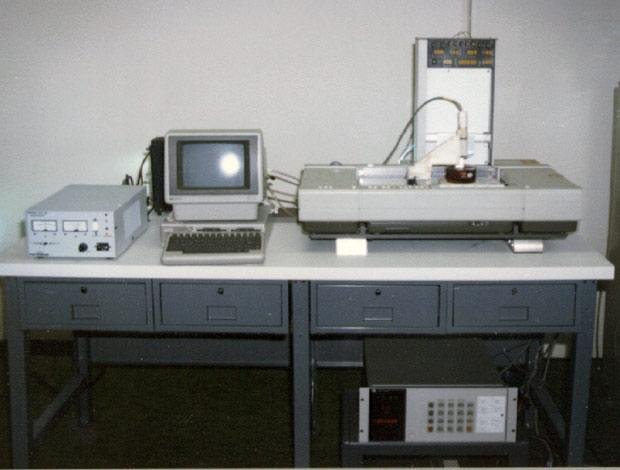Warning: I'm not a native English speaker, therefore you should expect weird grammar mistakes and odd spelling. You have been warned.

3D printing, also called additive manufacturing, is one of the technologies capable of changing the world, like cryptocurrencies. 3D printing allows us to make objects never possible to manufacture before. But more importantly, it can make almost any object automatically, without a need for human work. You just put all needed materials into the machine and couple hours later return to pick up completed object. No manual work required. And we shouldn't forget the fact, that 3D printing gives us much more liberty and manufacturing decentralization. Although these machines don’t work that way yet, I think it’s worth exploring the space early. Especially when you can get a 3D printer for as low as 200 dollars.
In this series, we will uncover this fascinating world of addi(c)tive manufacturing. We will learn about different technologies, materials, which printer to buy and most importantly, how to operate one. We will explore more advanced topics like designing your own parts and postprocessing them too.
How 3D printing works?

We will explain it in more detail later. But here’s the basic principle. When you want to print a document, you obviously first have to create one on your computer. The same principle applies to 3D printing. This 3D model is then sliced into thin layers and sent to the machine itself. Each of these layers is then produced one by one from down to top or vice versa. There are many methods of creating these layers. They can be created by melting plastic by heating element, melting metal by laser, solidifying special UV-sensitive plastics and so on. This process can take several hours. In definition, it’s a process, when the object is created by gradually depositing individual layers of material(s), from which is the object made. The entire process is controlled by a computer.
Brief history of 3D printing
3D printers are older than most people think. The oldest concept of 3D printer dates back to 1968[1]! However, because these machines are very dependent on computers, the first patent to the fully functional 3D printer was filled almost twenty years later (1986). You can see this first 3D printer in the picture below. Three years later, first company was established and soon after 3D printers hit the market. Sort of. They were selling for tens of thousands of dollars. But in 2004 Dr. Bowyer started RepRap project. It was first open source 3D printer available and he has brought these machines to the general public. The rest is history.

This was just an introductory post. Hopefully, you are now somewhat excited about 3D printing. In following weeks, I’ll post articles about many different topics, like how exactly 3D printers works or how to get one.
It's an exciting period of time. There are Kickstarter projects that have 3D printers that try to sell at less than 100 dollars (FDM, SLA) - what do you think about those?
Well, I would rather save up money for better and slightly more expensive ones for two reasons.
So save money for slightly more expensive printers, like Monoprice Select Mini: https://www.amazon.com/Monoprice-Select-Printer-Heated-Filament/dp/B01FL49VZE?psc=1&SubscriptionId=AKIAILSHYYTFIVPWUY6Q&tag=duckduckgo-ffab-20&linkCode=xm2&camp=2025&creative=165953&creativeASIN=B01FL49VZE
Yes, I agree with you for both parts. Best to get one that is reliable and good!
Congratulations @adam440! You received a personal award!
You can view your badges on your Steem Board and compare to others on the Steem Ranking
Vote for @Steemitboard as a witness to get one more award and increased upvotes!